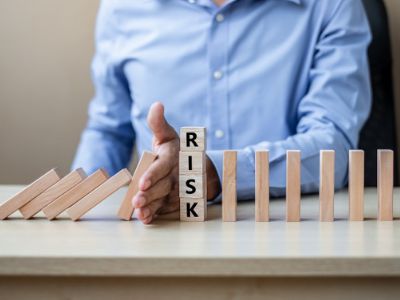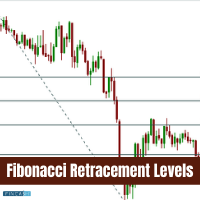Acceptable Quality Level
What is an Acceptable Quality Level (AQL)?
The acceptable quality level is a statistical tool to examine a particular size for a given lot and set a maximum number of acceptable defects. The AQL has recently named from “Acceptance quality level” to “Acceptable quality limit”. Customers prefer zero defect products or services, which is the perfect acceptable quality level. Although, customers arrive and set acceptable quality limits based on the business, financial and safety levels.

The AQL of a product is different from Industry to industry. Companies dealing with medical tolls would have a more severe AQL, as acceptance of defective products could result in health risks. Usually, the company faces two situations to weigh against the cost involved in testing severe acceptable levels or spoilage due to lower acceptable levels with a potential cost of a product recall. An AQL is a crucial statistic for companies seeking a sigma level of quality control.
Talk to our investment specialist
AQL Flaws
Failure to meet quality customer requirements is termed as follows. There are three categories in AQL are as follows:
Critical Flaw
Flaws which are accepted could harm the users. Such kind of flaws are unacceptable and this is defined as 0% AQL.
Major Flaw
Usually flaws are not acceptable by the end-users and they are likely to result in failure. The AQL is the major flaw is 25%
Minor Flaw
Flaws are not likely to reduce substantially the usability of the product for its intended purpose. But it differs from the specified standard some end users will still buy such a product. The AQL for the minor product is 4%.
Example
For instance, an AQL of 1% means that no more than 1% of the batch in the production can be faulty. If the production house composed 1000 products, then only 10 products can be faulty.
If the 11 products are faulty, then the entire batch is considered as scrap. The 11 or more faulty products are known as rejectable quality limit RQL.
All efforts have been made to ensure the information provided here is accurate. However, no guarantees are made regarding correctness of data. Please verify with scheme information document before making any investment.












